Blog Post – Energy efficiency in building design has become a cornerstone of sustainable construction practices. By focusing on reducing energy consumption while maintaining functionality and comfort, energy-efficient designs contribute significantly to environmental preservation and cost savings. This article delves into the concept of energy-efficient design, examples of its application, and the critical features and strategies that define it.
What Is the Design for Energy Efficiency?
Designing for energy efficiency involves creating buildings and spaces that use minimal energy to maintain optimal operations. This concept is guided by principles that aim to enhance sustainability, reduce greenhouse gas emissions, and optimise the use of natural resources. The sixth principle of energy efficiency design, as outlined in green chemistry principles, focuses on designing processes to operate efficiently at ambient temperature and pressure.
Why Energy efficient designs Matters
Energy-efficient designs directly address global energy challenges. With buildings consuming about 40% of global energy, architects and engineers are under increasing pressure to implement solutions that mitigate environmental impacts while lowering operational costs. The benefits extend beyond financial savings, encompassing improved indoor air quality, enhanced occupant comfort, and reduced reliance on fossil fuels.
The Role of Passive and Active Strategies
Achieving energy efficiency involves integrating both passive and active design strategies. Passive strategies focus on harnessing natural resources like sunlight and airflow to reduce energy demands. Active strategies, on the other hand, employ innovative technologies to optimise energy consumption. These strategies work together to create sustainable, high-performance buildings.
What Is an Example of an Energy-Efficient Building Design?
Energy-efficient designs come to life in many remarkable architectural projects around the world. One outstanding example is the Edge building in Amsterdam. This structure is celebrated for its innovative energy systems and efficient resource use, making it one of the most sustainable office buildings globally. According to Illustrarch, the Edge generates more energy than it consumes. With features such as solar panels, rainwater harvesting, and advanced energy monitoring systems, the building sets a benchmark for future constructions.
Key Features of the Edge
- Solar Power Integration: A rooftop outfitted with solar panels produces surplus energy for the building’s operations.
- Smart Lighting Systems: LED lighting is controlled via a connected network to ensure energy use aligns with occupancy needs.
- Efficient Insulation: High-performance insulation minimises the need for heating and cooling, significantly lowering energy consumption.
- Rainwater Harvesting: Captured rainwater supports non-potable uses such as irrigation and toilet flushing, reducing water wastage.
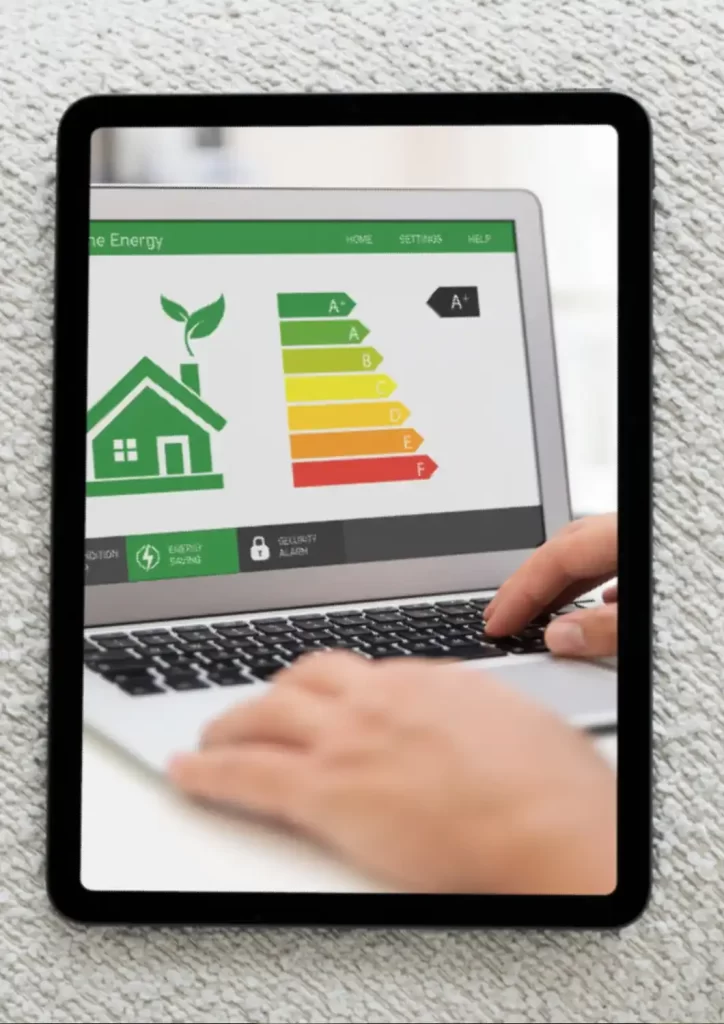
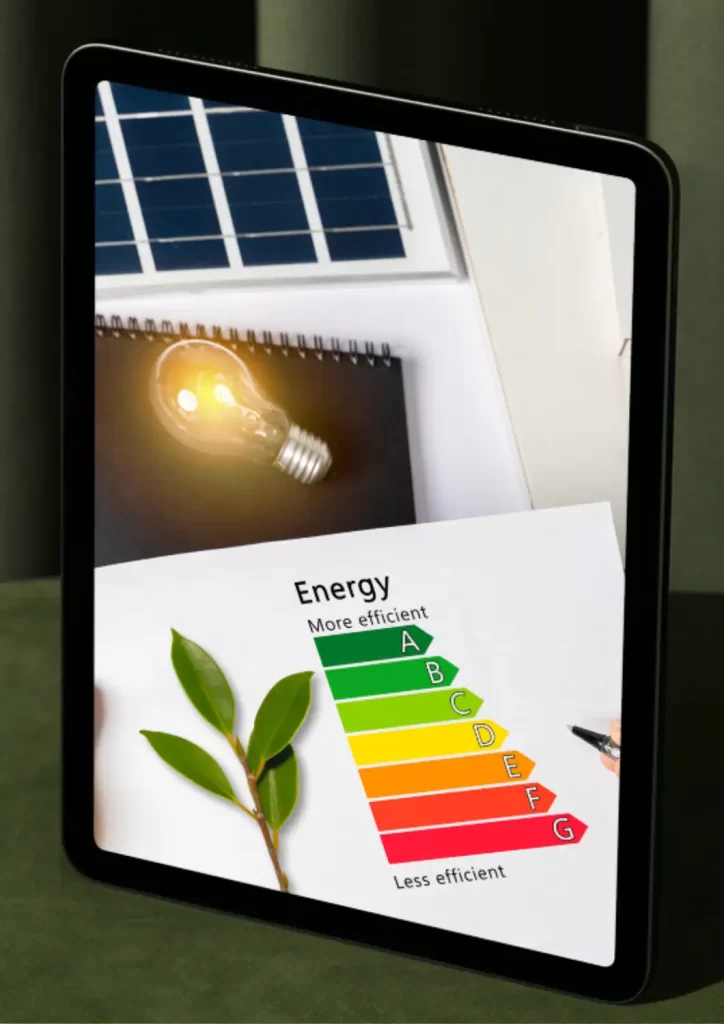
Four Key Features of Energy-Efficient Design
Energy-efficient designs rely on a mix of smart planning and advanced technology. These four key features are integral to such designs:
1. Optimised Building Orientation
The orientation of a building determines how much sunlight and natural ventilation it receives. Proper orientation can reduce dependency on artificial lighting and air conditioning, creating a more energy-efficient environment. Designs that maximise solar gains in winter and minimise overheating in summer are particularly effective, as highlighted by Katus.
2. High-Performance Insulation
Insulation plays a crucial role in reducing heat transfer between a building’s interior and exterior. Materials such as rigid foam boards, spray foam, and insulated concrete forms ensure minimal energy loss, enhancing the energy efficient design of a building.
3. Energy-Efficient Windows
Double-glazed or low-emissivity (low-e) windows help maintain indoor temperatures by preventing heat loss in winter and reducing heat gain in summer. These windows not only improve thermal comfort but also reduce reliance on HVAC systems, contributing significantly to the energy efficient design of the building.
4. Advanced HVAC Systems
Heating, ventilation, and air conditioning (HVAC) systems with energy-efficient features like variable speed compressors and smart thermostats optimise energy use. These systems are essential for maintaining indoor comfort without excessive energy consumption, making them a key component of any energy efficient design.
In the next section, we will explore the active design strategies that drive energy-efficient buildings and delve into Principle 6 of designing for energy efficiency. Stay tuned!
What Are the Active Design Strategies in Buildings?
Active design strategies involve using technology and systems to manage energy consumption effectively. These strategies work alongside passive design features to create a cohesive energy-efficient design. The integration of smart technologies, renewable energy sources, and efficient appliances transforms buildings into high-performing structures with reduced environmental impact.
Key Active Design Strategies
1. Renewable Energy Systems
Incorporating renewable energy sources like solar panels, wind turbines, and geothermal heating systems is a cornerstone of active design. These systems reduce reliance on non-renewable energy and significantly lower carbon footprints, contributing to the energy efficient design of the building. For example, solar panels can provide electricity and hot water, offsetting a building’s energy needs.
2. Smart Energy Management Systems
Smart technologies are revolutionising how buildings operate. Systems that monitor and manage energy use in real-time can reduce wastage and optimise energy efficient design. Occupancy sensors, for instance, automatically turn off lights and appliances in unoccupied rooms, as highlighted by Illustrarch.
3. High-Efficiency HVAC Systems
Modern HVAC systems utilise advanced technologies to adjust heating, cooling, and ventilation based on occupancy and external weather conditions. Variable speed drives, demand-controlled ventilation, and heat recovery systems ensure energy use is optimised without compromising comfort, reinforcing the energy efficient design of the building.
4. Energy-Efficient Lighting
Switching to LED lighting and integrating smart controls reduces energy consumption significantly. Daylight harvesting systems that adjust artificial lighting based on natural light levels further enhance energy efficient design.
The Role of Active Buildings
Active design is also about creating spaces that promote occupant activity and well-being. According to Biofit, active buildings are designed to encourage movement, reduce sedentary behaviour, and improve health outcomes. Features like open staircases, access to natural light, and green spaces are integrated into the design to create a more engaging and sustainable environment. These principles are key to achieving an energy efficient design that benefits both the environment and the occupants.
What Is Principle 6 of Designing for Energy Efficiency?
Principle 6 of designing for energy efficiency focuses on ensuring that systems operate at ambient temperature and pressure. This concept, rooted in green chemistry principles, highlights the importance of minimising the energy intensity of processes.
Applying Principle 6 in Building Design
Low-Temperature Heating and Cooling Systems
Using low-temperature heating systems, such as underfloor heating, reduces energy consumption while maintaining comfort. Similarly, passive cooling strategies like cross-ventilation eliminate the need for energy-intensive air conditioning.
Natural Ventilation
Buildings designed with ventilation systems that utilise prevailing winds and temperature gradients reduce dependency on mechanical systems. Proper placement of windows, vents, and atriums ensures optimal airflow.
Ambient Pressure Water Systems
Water heating and distribution systems designed to work efficiently at ambient pressure use less energy while maintaining performance. These systems also reduce wear and tear on components, increasing longevity.
The Benefits of Principle 6
By aligning with ambient temperature and pressure, buildings can achieve:
Lower Operational Costs: Reduced energy consumption translates into significant cost savings.
Enhanced Durability: Systems experience less strain, increasing their lifespan.
Minimised Environmental Impact: Lower energy requirements reduce greenhouse gas emissions, supporting sustainability goals.
Why Active and Passive Strategies Must Work Together
Active and passive design strategies are most effective when used in tandem. Passive strategies lay the foundation by reducing energy demands through natural means, while active systems complement them by optimising energy usage through advanced technologies. The result is a well-rounded, energy efficient design that maximises comfort and minimises waste, leading to a more sustainable and cost-effective approach to building projects. By combining both strategies, you achieve a truly integrated energy efficient design that offers long-term environmental and economic benefits.
In the final section, we will explore more real-world examples of energy-efficient designs and summarise the key takeaways to help you integrate these concepts into your projects. Stay tuned!
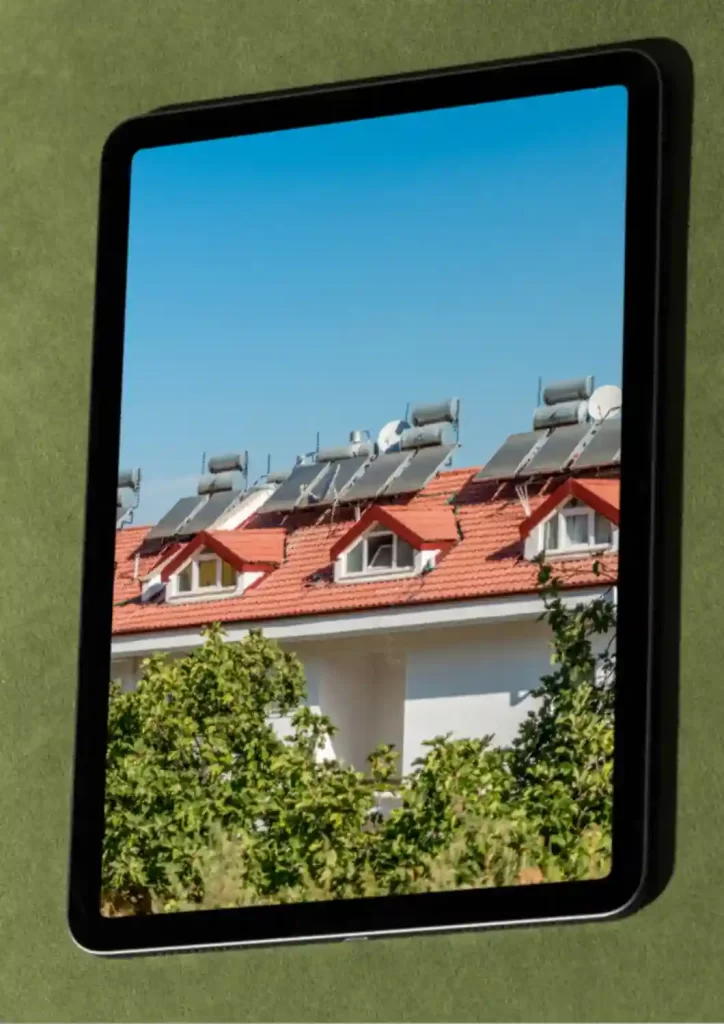
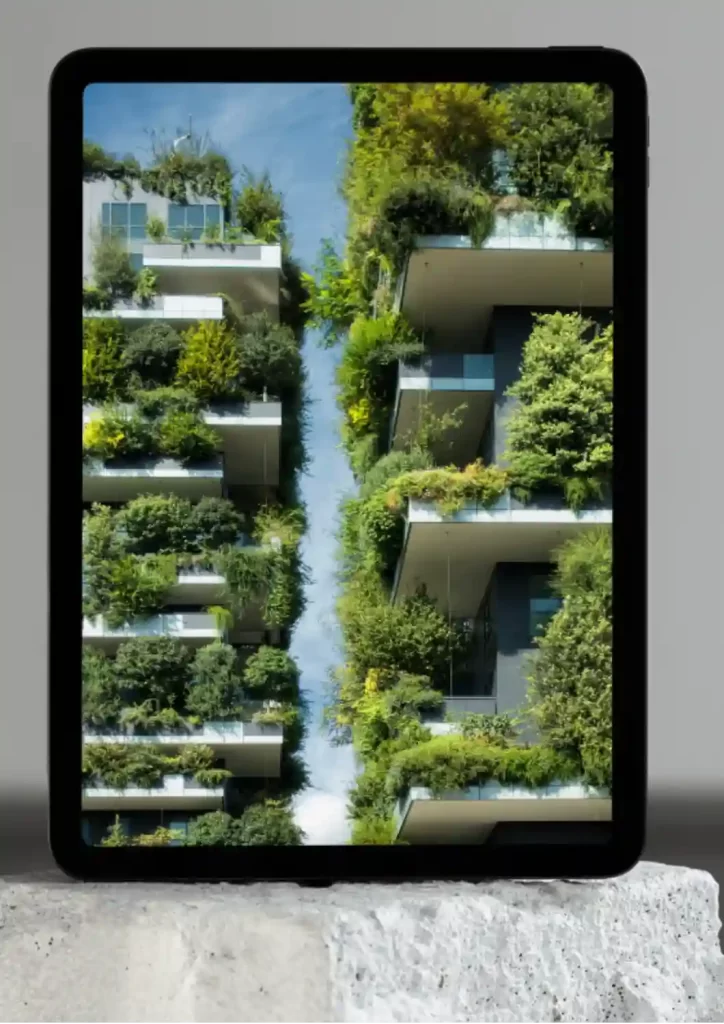
Real-World Examples of Energy-Efficient Design
Energy efficient design has been implemented in various iconic structures worldwide, setting benchmarks for sustainability and innovation. These real-world examples showcase how the principles of energy efficient design can be applied to achieve outstanding results. From cutting-edge technologies to sustainable building practices, these buildings exemplify how energy efficient design can transform not only the architecture but also the way we approach environmental responsibility.
The Bullitt Center, Seattle
The Bullitt Center is often referred to as one of the greenest commercial buildings in the world. This six-story office building operates as a “living building,” meeting rigorous sustainability standards.
Key Features:
Net-Zero Energy Use: The building generates all its energy through an extensive rooftop solar array.
Rainwater Collection: It captures and treats rainwater for all its water needs.
Daylight Optimisation: Floor-to-ceiling windows and an open floor plan maximise natural light, reducing artificial lighting requirements.
The Bullitt Center exemplifies the integration of passive and active design strategies to achieve energy efficiency.
The Edge, Amsterdam
As mentioned earlier, the Edge is another outstanding example of energy efficiency. This smart building uses cutting-edge technology to monitor and control energy use, significantly lowering its environmental footprint.
Standout Features:
Intelligent Workspaces: Sensor technology adjusts lighting, heating, and ventilation based on occupancy.
Solar Energy Production: Solar panels produce surplus energy, making the building a net-positive energy structure.
The Edge demonstrates how modern technologies can transform buildings into sustainable powerhouses.
What Are the Benefits of Energy-Efficient Design?
Efficient design offers numerous advantages that go beyond energy savings. These include environmental, economic, and societal benefits that make it an essential consideration for architects, engineers, and property owners. By focusing on efficient design, buildings not only use less energy but also contribute to a more sustainable future.
Environmental Benefits
• Efficient design leads to a reduced carbon footprint: By consuming less energy, energy-efficient buildings contribute to lowering greenhouse gas emissions.
• Efficient design aids in resource conservation: Features like rainwater harvesting and renewable energy systems help conserve natural resources.
• Efficient design promotes improved air quality: Sustainable designs promote the use of non-toxic materials and natural ventilation, improving indoor and outdoor air quality.
Economic Benefits
• Efficient design results in lower operational costs: Energy-efficient buildings save money on heating, cooling, lighting, and maintenance.
• Efficient design increases higher property value: Energy-efficient features are highly desirable, often leading to increased market value.
• Efficient design can unlock government incentives: Many countries, including Australia, offer financial incentives for energy-efficient construction.
Societal Benefits
• Efficient design ensures enhanced comfort: Optimised indoor environments improve the comfort and productivity of occupants.
• Efficient design creates healthier living spaces: Natural light, ventilation, and eco-friendly materials create healthier spaces for occupants.
• Efficient design is key for future-proofing: Energy-efficient designs prepare buildings for future energy regulations and sustainability standards.
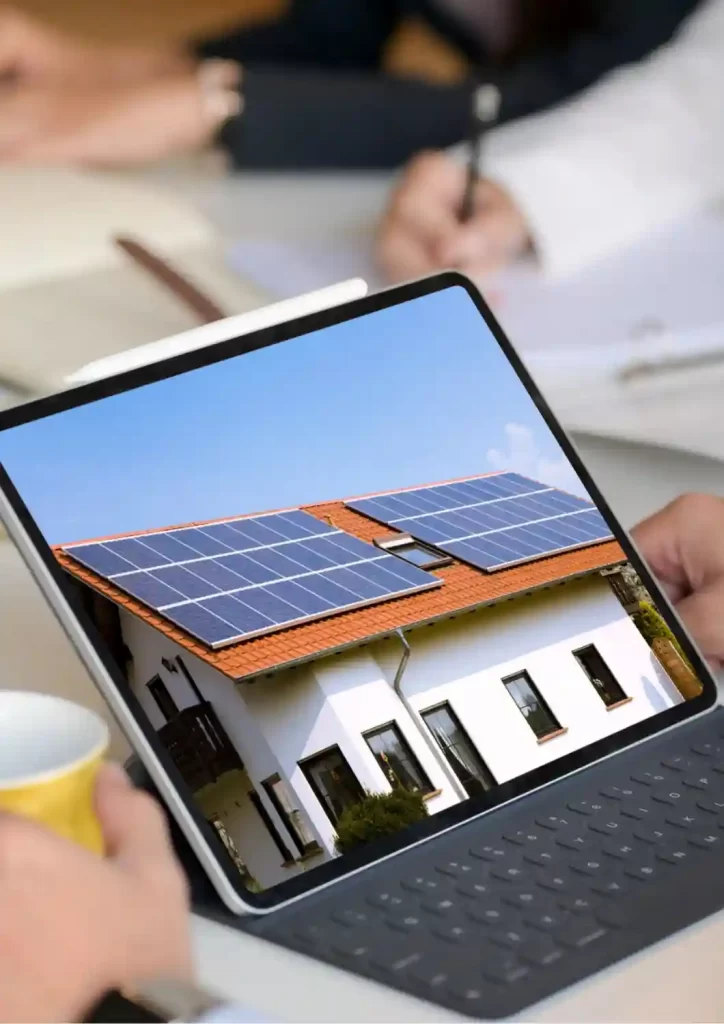
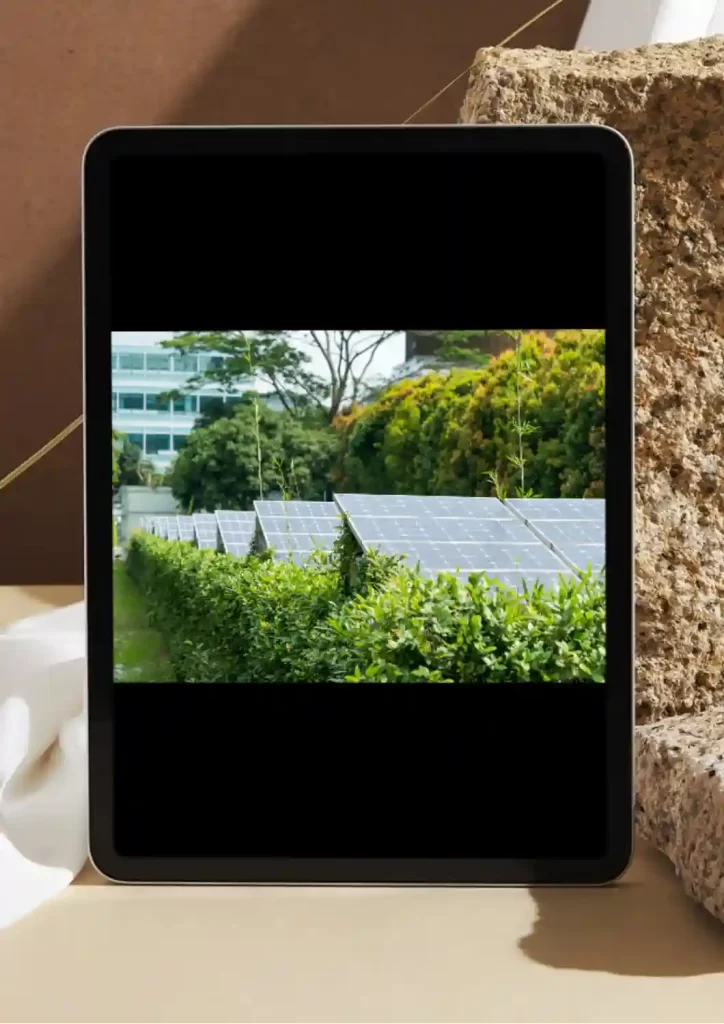
Key Takeaways for Designing Energy-Efficient Buildings
To successfully design energy-efficient buildings, consider the following steps:
1. Incorporate Passive Design Strategies
Focus on building orientation, natural ventilation, and thermal mass to reduce energy needs. For instance, orienting a building to maximise sunlight in winter while providing shade in summer can dramatically reduce energy demands.
2. Integrate Advanced Technologies
Invest in materials like high-performance insulation, double-glazed windows, and sustainable construction materials. These not only improve energy efficiency but also contribute to a building’s longevity.
3. Choose Energy-Efficient Materials
Invest in materials like high-performance insulation, double-glazed windows, and sustainable construction materials. These not only improve energy-efficient designs but also contribute to a building’s longevity.
4. Monitor and Adjust
Post-construction monitoring ensures that energy-efficient systems perform as intended. Real-time energy monitoring systems provide actionable insights for continuous improvement, making sure your designs remain optimal.
The Future of Energy-Efficient Design
Energy-efficient design is not just a trend but a necessity for addressing climate change and resource scarcity. Governments, businesses, and individuals must embrace these principles to create a more sustainable future. Innovations in technology and materials will continue to push the boundaries of what energy-efficient design can achieve, making it an integral part of modern construction.
Final Thoughts
From incorporating passive design strategies to utilising active technologies, energy-efficient design offers a pathway to sustainability, reduced costs, and improved living conditions. Whether you are an architect, builder, or property owner, the principles and examples discussed in this article provide a roadmap for creating energy-efficient spaces. By adopting these practices, we can contribute to a greener future while reaping the numerous benefits that energy-efficient designs bring.
By leveraging insights from resources like Katus, Biofit, and other experts in the field, you can stay ahead in implementing sustainable practices that make a real difference. Let’s build a future that thrives on efficiency, innovation, and respect for the environment through energy-efficient designs.
Blog Post FAQs
1. What is sustainable building design, and why is it important?
Sustainable building design refers to creating buildings or systems that use minimal energy while maintaining comfort, functionality, and performance. It is essential because it reduces energy consumption, lowers greenhouse gas emissions, and saves money on energy bills, contributing to sustainable building practices.
2. What are the key principles of sustainable building design?
The core principles include passive design strategies, efficient use of materials, renewable energy integration, and advanced technologies. These ensure optimal energy use while enhancing comfort and sustainability.
3. Can sustainable building design be applied to both residential and commercial buildings?
Yes, sustainable building design can be implemented in both residential and commercial buildings. Sustainable building practices such as passive design strategies and energy-efficient materials benefit all building types.
4. What are passive design strategies?
Passive design strategies use the building’s orientation, natural ventilation, and thermal mass to reduce the need for mechanical heating or cooling. These are crucial components of sustainable building design and sustainable building practices.
5. How do sustainable buildings save money?
Sustainable buildings reduce operational costs by minimising energy usage for heating, cooling, and lighting. Implementing passive design strategies and renewable energy systems further enhances these savings.
6. What is an example of sustainable buildings?
The Bullitt Center in Seattle and The Edge in Amsterdam are excellent examples of sustainable building design. Both incorporate passive design strategies and advanced technologies, making them benchmarks in sustainable building practices.
7. What are the benefits of sustainable building practices?
Sustainable building practices improve energy efficiency, reduce environmental impact, and enhance occupant comfort. These practices include sustainable building design, passive design strategies, and the use of eco-friendly materials.
8. How do renewable energy systems contribute to sustainable buildings?
Renewable energy systems like solar panels reduce reliance on non-renewable energy sources, lowering overall energy consumption. Integrating these systems is a critical part of sustainable building practices.
9. Are there specific materials used in sustainable buildings?
Yes, materials such as high-performance insulation, double-glazed windows, and sustainable construction materials are integral to sustainable building design. They help improve thermal performance and reduce energy demands.
10. What role do active design strategies play in sustainability?
Active design strategies include the use of smart technologies, energy-efficient appliances, and renewable energy systems. These complement passive design strategies to optimise a building’s overall energy use.
11. How can sustainable building practices improve indoor air quality?
Sustainable building practices like natural ventilation, low-VOC materials, and sustainable building design ensure healthier indoor environments by improving air quality and reducing pollutants.
12. Is sustainable building design expensive to implement?
While initial costs may be higher, sustainable building design saves money in the long term through reduced energy bills and operational costs. Sustainable building practices also increase property value.
13. What are four key features of sustainable building design?
The four key features are:
- Effective passive design strategies.
- Integration of renewable energy sources.
- Use of energy-efficient materials.
- Smart energy management systems.
14. How do passive design strategies enhance comfort?
By leveraging natural light, ventilation, and thermal mass, passive design strategies maintain indoor temperatures naturally, improving comfort and reducing the need for artificial heating or cooling.
15. What is Principle 6 in sustainable building design?
Principle 6 focuses on designing systems that operate at ambient temperature and pressure, reducing energy demands. This principle aligns with sustainable building practices to create sustainable systems.
Thank you for your visit, and welcome to the construction home
